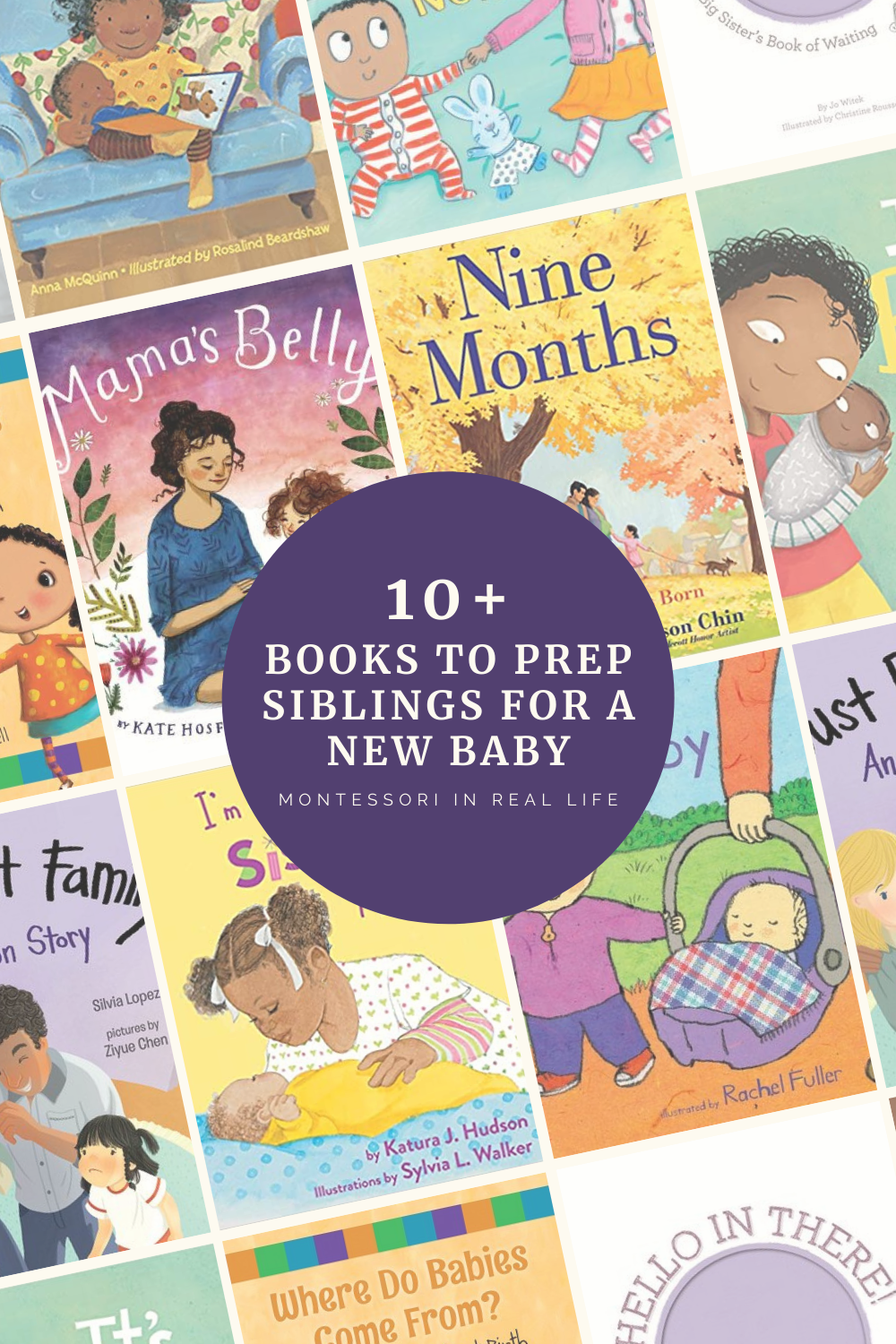Raising Helpers
Montessori in Real Life
One of the most wonderful things about toddlers is how they so inherently want to help. They are eager to be involved, be near us, and to participate in our day to day activities. What we deem “chores”, toddlers see as what they are: meaningful contributions to our family or community.
After toddlerhood, we often notice a shift. Children seem less intrinsically motivated to help and view helping more as a chore. This is a natural part of development: they are more independent and focused on their own work and play. They are discovering who they are and where their own interests lie, which is a beautiful thing. It also doesn’t mean it’s the end of helping!
How do we continue to foster this motivation and raise helpers beyond the toddler years? Here are a few tips that I’ve been keeping in mind in our own home lately. These can be incorporated in toddlerhood and well beyond!
Help our children - Our children learn how to help through us helping them. When we respond to their requests for help, they are more likely to do so in return. Often helping doesn’t mean doing a task for them, but rather offering just enough help to get them through a tough spot.
Model it - Not only should we think about how we are offering help to our children, but how can we offer help to our partner, a friend, or our community? The more our children see us being helpers, the more likely they will want to be a helper too.
Talk about it - “In our family, we help each other.” This is a phrase that we repeat often at home. The more we say and hear this, the more engrained it becomes and the more natural it feels to be a helper in the family. Importantly, this phrase is said in a gentle way, not as a command.
Make it part of the routine - When we make helping a part of our daily rhythm, it becomes natural. In our family, certain tasks are the kids responsibility every day: putting shoes and coats away, setting the table, feeding the dog, wiping up spills, tidying toys, etc. These tasks aren’t rewarded but rather just part of the routine.
Offer opportunities - Sometimes we move so quickly through our own chores, we forget that we could involve our children. As much as possible, I try to do chores in front of the children so they have the opportunity to join in and help. Often what we consider mundane tasks are satisfying for our children. Having cleaning tools that are appropriately sized for our children make them feel especially capable.
Don’t force it - Inviting doesn’t guarantee our children will help. Even when these tasks are part of the daily or weekly routine, everyone has off days. We can offer grace and let it go. Often the next day, or at a different time, they are ready to help again.
Accept it as is - When our children do help, we may find that their “help” doesn’t lead to the outcome we desire. The dishes might not be as clean or the laundry might not be folded in a neat stack. When this happens, we can thank them for helping and appreciate it for the effort that went into it. Rather than correct them in the moment, we can model again another time, and try to be patient, as every skill takes time.
How can your child help today?



































